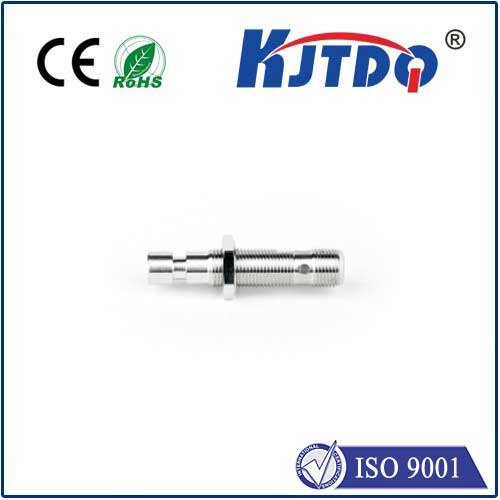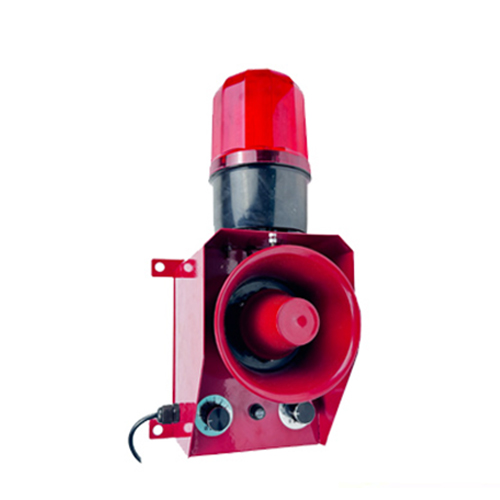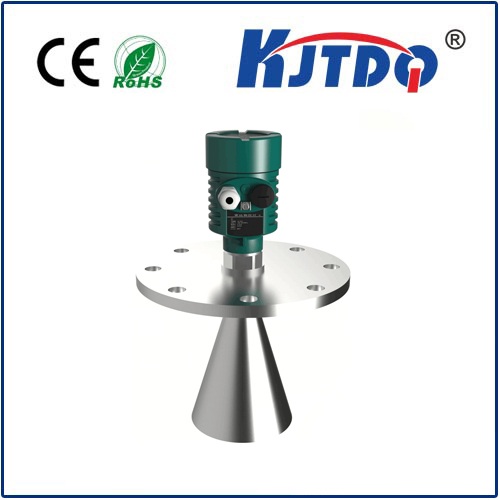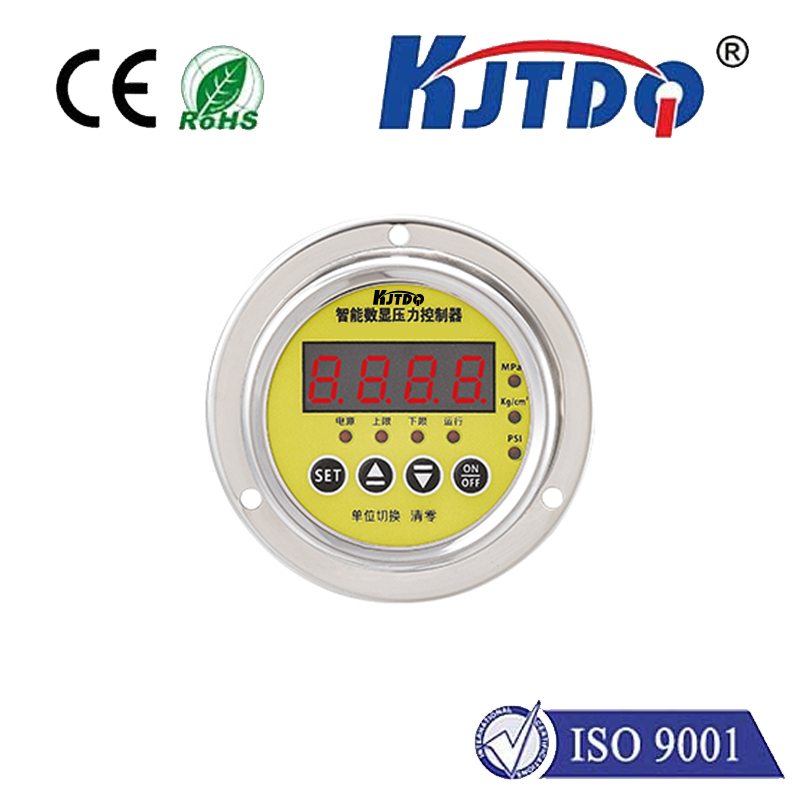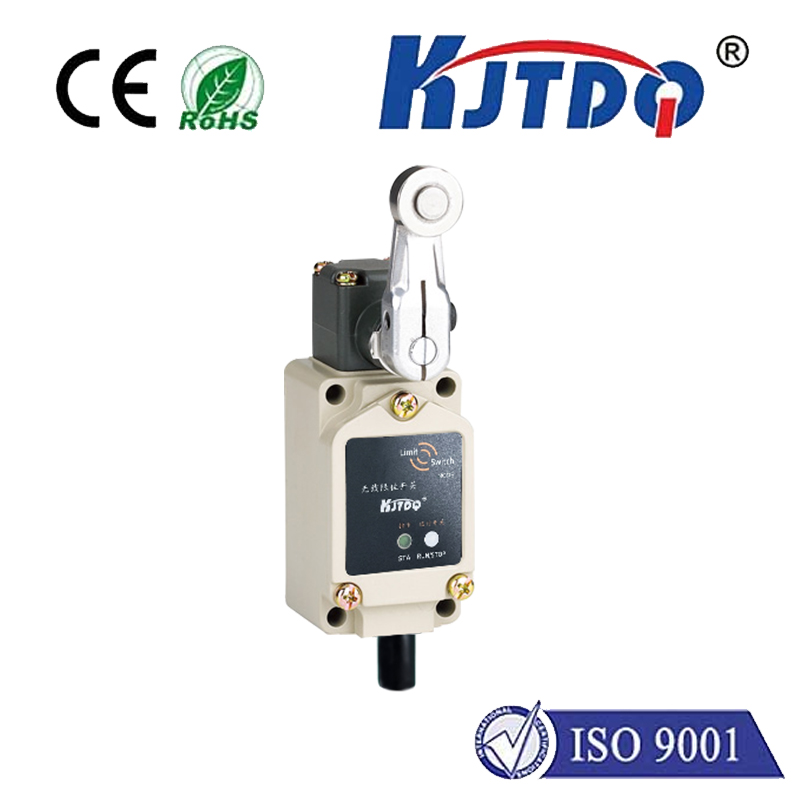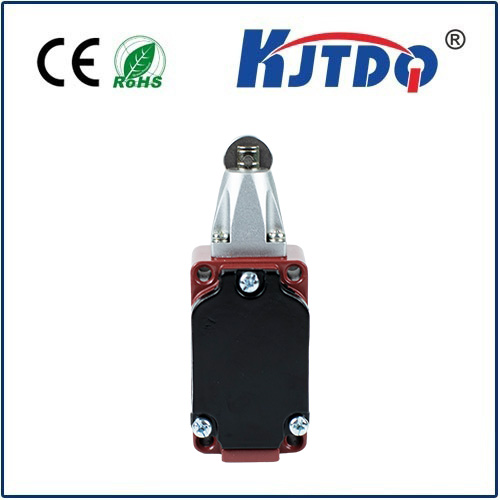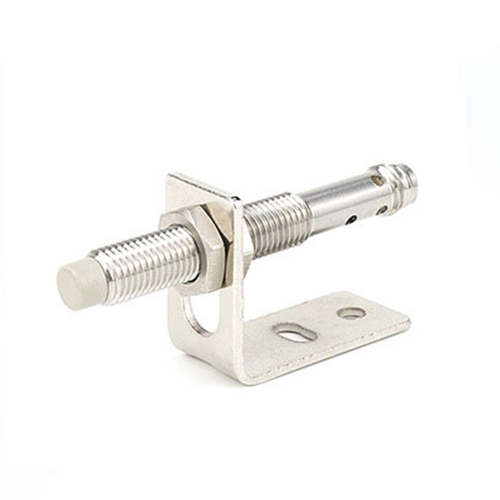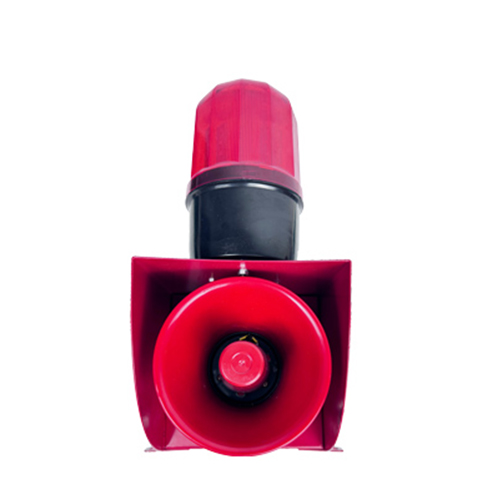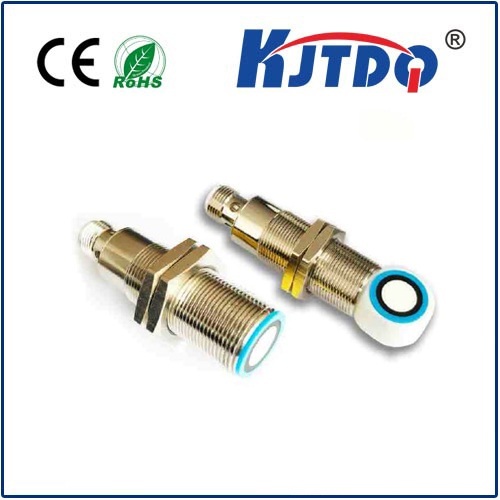

check

check

check

check

check

check

check

check

check

check
Laser Strain Gauge: A Revolutionary Tool for Precision Measurement
In the world of engineering and science, precision measurement is crucial. It allows researchers to gather accurate data, which in turn enables them to make informed decisions and develop new technologies. One tool that has emerged as a game-changer in this field is the laser strain gauge. In this article, we will explore what a laser strain gauge is, how it works, and its many applications.

Firstly, let us understand what a strain gauge is. A strain gauge is a device that measures the change in length or deformation of an object when force is applied to it. This measurement is essential for determining the stress and strain levels of structures, such as buildings and bridges, to ensure their safety and integrity.
Now, let us dive into the world of laser strain gauges. Unlike traditional strain gauges that rely on electrical resistance, laser strain gauges use optical fiber technology. They consist of a light source, such as a laser diode, that sends a beam of light through an optical fiber. The fiber is then attached to the surface of the material being tested. As the material deforms, the fiber bends, causing a change in the light's path. This change is detected by a sensor, which calculates the strain based on the amount of light received.
The benefits of using a laser strain gauge are numerous. Firstly, they provide highly accurate measurements with minimal interference from external factors such as temperature changes or electromagnetic fields. Secondly, they can be used in challenging environments where traditional strain gauges may fail due to corrosion or extreme temperatures. Finally, laser strain gauges can be easily integrated into existing systems, making them a cost-effective solution for upgrading equipment.
Laser strain gauges have found numerous applications in various industries. In civil engineering, they are used to monitor the structural health of buildings and bridges during construction and maintenance. In automotive engineering, they are utilized to test the durability of vehicle components under different driving conditions. In aerospace engineering, they are critical for assessing the performance of aircraft wings and fuselages during flight simulations. Moreover, laser strain gauges are also used in medical devices to measure blood pressure and other vital signs accurately.
Laser strain gauges have revolutionized precision measurement by providing accurate, reliable, and versatile solutions for a wide range of applications. By utilizing cutting-edge optical fiber technology, these devices offer unparalleled accuracy and durability compared to traditional strain gauges. As we continue to push the boundaries of science and engineering, it is likely that we will see even more innovative uses for laser strain gauges in the future.
